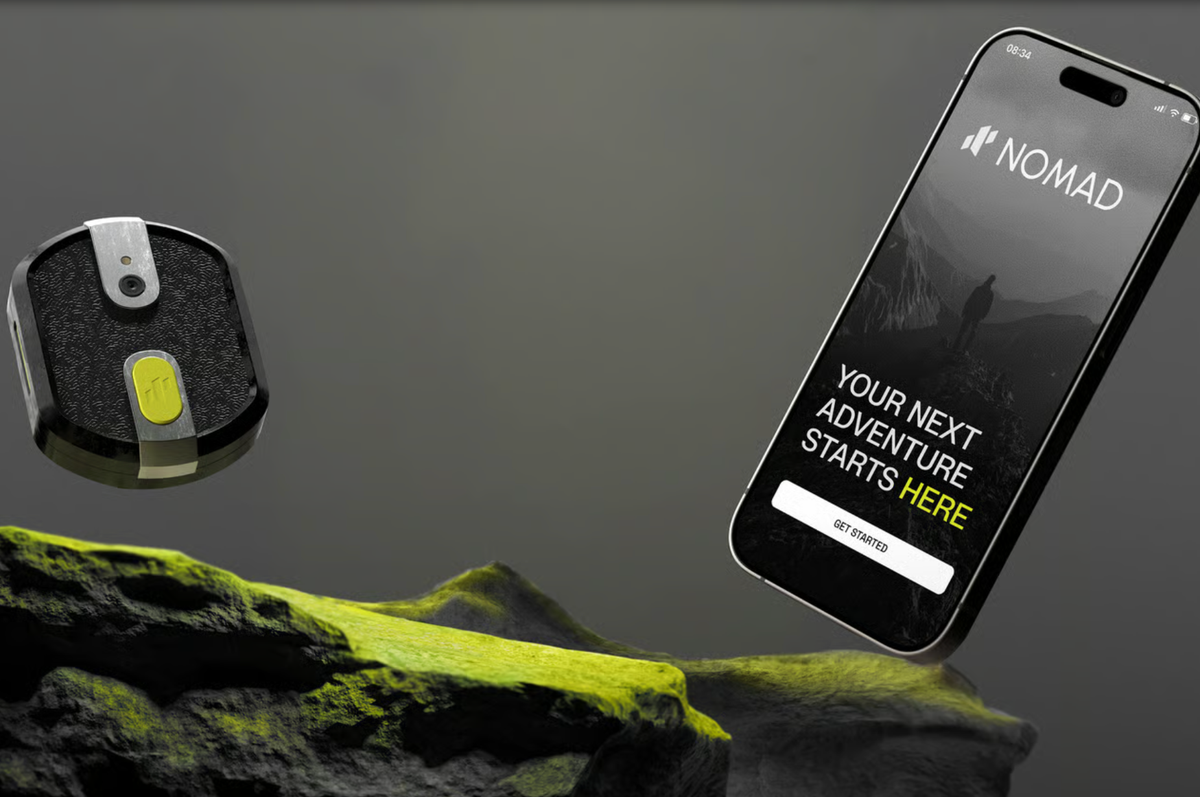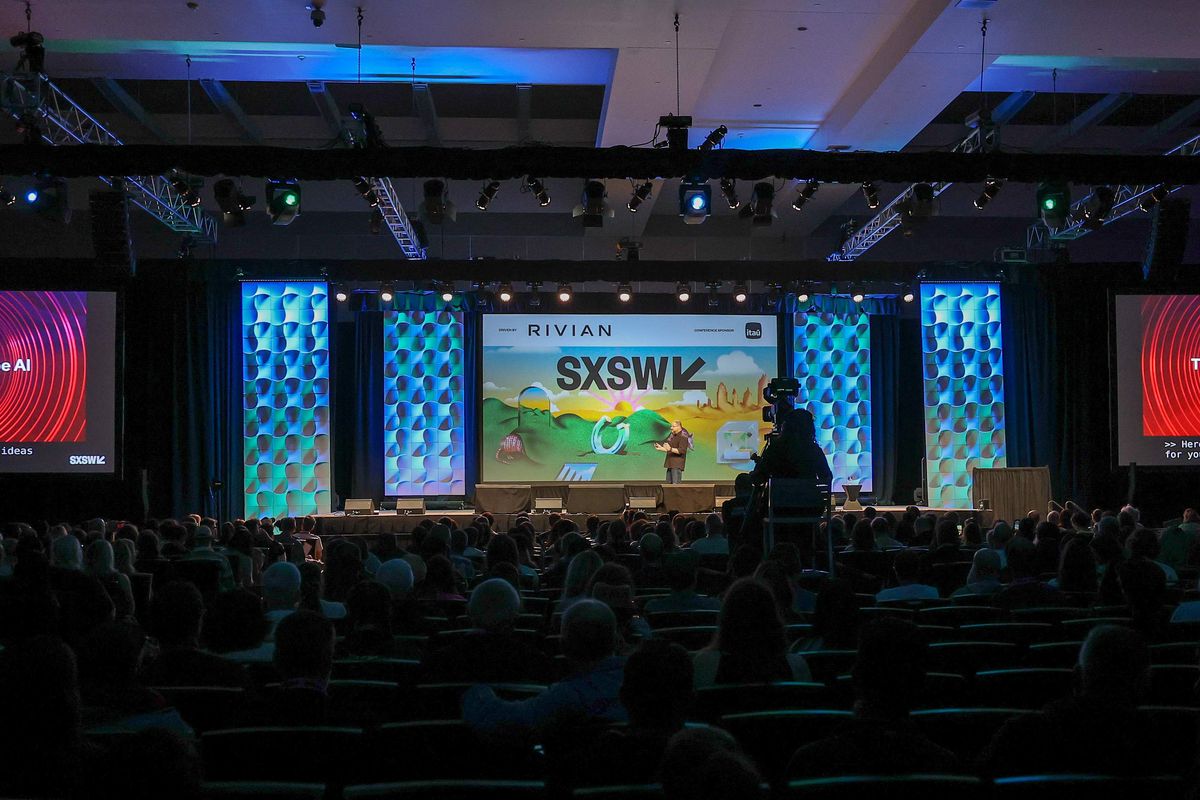The year is 2012. It’s your first day of a new job. You wake up extra early to get ready and drive to the office – which takes you another half hour with Houston traffic. Once you arrive, you wait in the lobby for someone to help you with badging, sit in the same room for hours while numerous facilitators click through slides, and find out your laptop won’t be available for another week or two. Not the warmest welcome or greatest impression, right?
Fast-forward to year 2022. It’s a week before you’re set to start a new job. You receive an exciting package in the mail and unbox your new joiner start kit, complete with a virtual reality headset and other company swag. You onboard completely in the metaverse, meeting and collaborating with teammates from around the world – all from the comfort of… wherever.
Especially in a time where being physically together may not be an option, extended reality has made people feel closer than ever before.
To level set, XR is the umbrella term encompassing any immersive technology that blends digital content with the real world. It covers the full spectrum of experiences ranging from augmented reality, where digital content is superimposed and simple instructions appear directly on your phone or smart glasses, to an entirely virtual world where people, places and things co-exist and interact with one another in new, computer-generated environments – also known as the metaverse.
Although XR has been around for decades, the lack of devices and standard software platforms made implementation a challenge. Now that both are widely available and affordable, the doors for innovation have been thrown wide open.
There’s been plenty of key drivers that led to XR being a hot topic right now, including:
- The need for digitization of our lives, accelerated by the global pandemic.
- The recent global focus on sustainability and responsible business.
- The cross-industry commitment to customer journey, optimized employee performance, and creating new content and services.
- The convergence of powerful advancements in technology, such as 5G, cloud, AI and blockchain.
- The recent investment in the metaverse by companies like Microsoft and Meta, formerly known as Facebook.
Now is the time for XR.
Every industry can benefit from using immersive technology to enhance both the enterprise and consumer experience, from retail, finance and automotive to tourism, entertainment, and real estate. XR has a proven track record of increasing revenue, collaboration, and productivity and decreasing costs, safety incidents, and our carbon footprint.
By 2027 the VR gaming market size alone is projected to reach $92.31 billion, and we’re now starting to really blur the lines between gaming and training. Compared to in-person training, VR results in a 96 percent reduction in training time, 76 percent increase in learning effectiveness, 70 percent increase in productivity, and 30 to 70 percent decrease in costs.
Engineers can leverage digital twins of manufacturing facilities for product development, performance improvement and predictive maintenance.
Science classes can teleport to outer space and use haptics to feel the ice and rock that make up the rings of Saturn.
Surgeons and patients can take a three-dimensional tour of the brain before surgery, leading to better preparation, decreased operative time and reduced risk of complications.
Those suffering from dementia can recover certain motor skills or tap into old memories to trigger positive mental stimulation, aiding in both assessment and rehabilitation.
As the new fabric of life is unfolding, the metaverse is showing promise beyond its gaming roots to offer people and brands a new place to interact, create, consume and earn.
Despite spending an average of $1,300 per employee annually on training, research proves that learners forget 70 percent of the content within 24 hours and nearly 90 percent in a month. By extending reality, we engage learners with interactive, hands-on, experiences that transform one-way training into deeper learning with heightened retention.
When high-fidelity design is mixed with low latency technology enablers, XR environments intuitively engage our senses, capturing the experience as an actual memory in our brain versus something we simply read or watched.
The future is immersive technology – not only for how we work and learn but also how we exercise and have fun. XR will touch all aspects of our lives. That’s why at Accenture, we have launched a grand experiment to make enterprise virtual reality a… well, a reality. We’re currently amid the world’s largest VR deployment in history. We are deploying over 60,000 VR headsets to our people to experiment, innovate, and learn with VR.
We as a company have over 650,000 employees and have over 200,000 new joiners annually. About one third of those people joined the company during the pandemic – over 50,000 this past quarter alone. That means a good portion of our people have never set foot in our offices, let alone met any of their teammates in person.
Through the power of VR, we now have a consistent and scalable new joiner experience that inspires our people, aligns with our purpose, and equips them to learn, live and love Accenture from day one. VR gives us the opportunity to make meaningful connections and share a sense of belonging. Our people can now head to the “Nth Floor” to meet new people from all over the world and have those natural water cooler moments – even while working remotely.
In a time where live events are facing a standstill, platforms like AltspaceVR are hosting live events for everything from Burning Man and Diplo concerts to church and AA meetings. The spatial recognition offered by VR makes it a great medium to have one-to-one, one-to-many, or many-to-many interactions.
Accessibility is key too. That’s why many applications offer experiences in both VR headset and 2D on PCs.
We are no longer limited by the laws of physics.
Extended reality creates a powerful sense of presence that we as a collective society have been missing these past two years. If we’ve learned anything from this pandemic, it’s that human connection is key to mental wellness and innovation.
------
Krista L. Taylor is the immersive learning lead at Accenture.









 The 2025 Mentor of the Year will be announced on Nov. 13. Courtesy photos
The 2025 Mentor of the Year will be announced on Nov. 13. Courtesy photos










